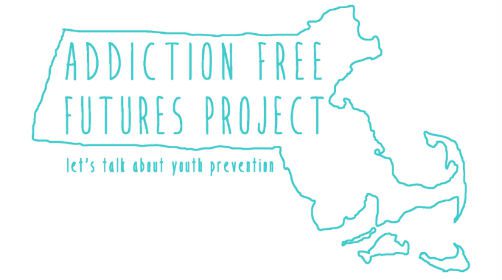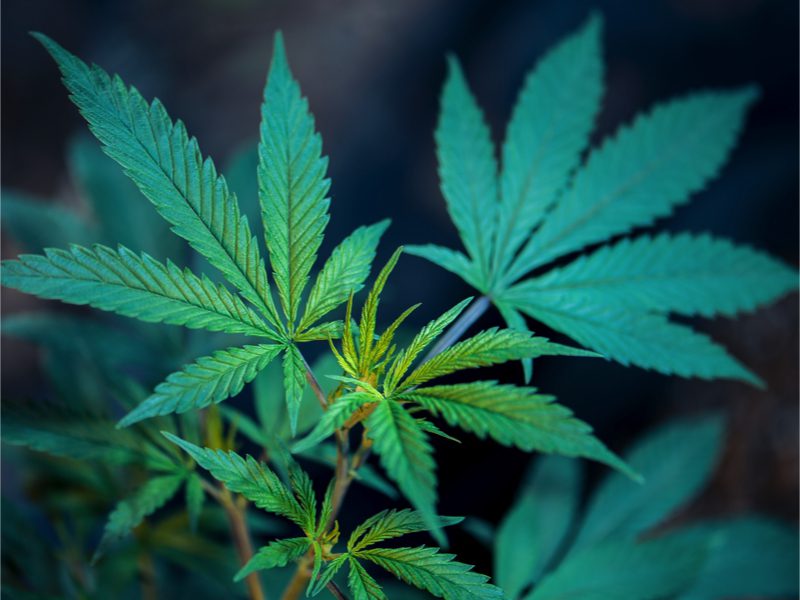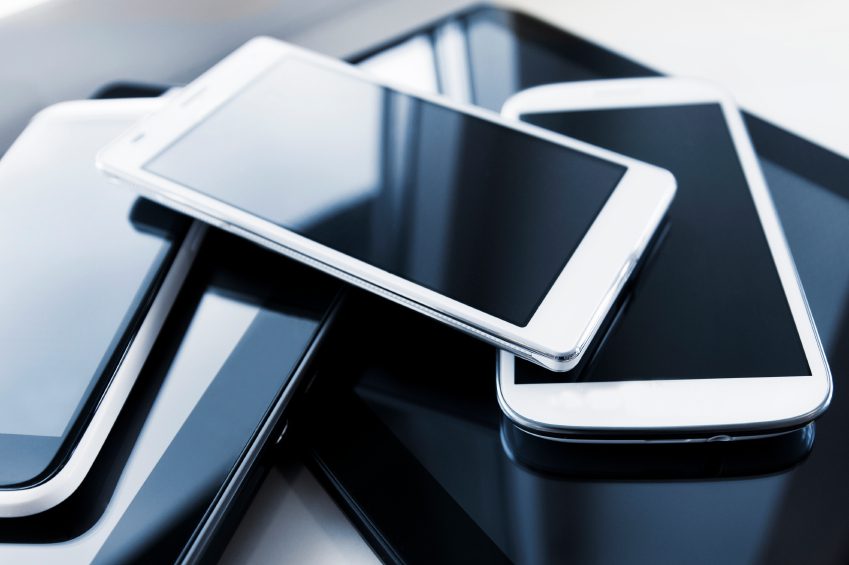The Adolescent Brain: Primed for Thrills and High On Life

Posted in: Hot Topics
Topics: Addiction & Substance Misuse, Child + Adolescent Development
Teenagers are convinced they are ready to take the reins, no longer wanting to be held back by overly-cautious adults who don’t really ‘get it,’ who don’t understand the urgency of whatever situation is brewing at that moment.
Most teenagers have learned the mechanics of the adult world (driving, using credit cards, living a life consistent with certain priorities), and are impatient to make all of the decisions, to set all of the priorities. To the teenager, there is no way that this is immaturity.
It’s hard to understand from a teenage vantage point that they are equipped with accelerators, but no brakes—or, at least a nuanced, situation-specific set of brakes. Evolutionarily, there is an advantage to having the juveniles of the tribe venture forth, apparently immortal, undeterred by practical considerations of safety and warmth. Those with just the right combination of pluck and courage will establish new colonies and propagate the species; those with too much exuberance—oh well.
However, we now live in a world where the expectation is that teenagers will survive to adulthood, regardless of the choices they made while feeling immortal.
Neurobiologically speaking, the adolescent brain is poised for impulsivity and thrill seeking. Two separate but interconnected processes underlie this bravado. Firstly, the last wave of neurodevelopment, myelination, has yet to be completed. By adolescence, the neurons (or brain cells) have long ago migrated correctly, formed connections to their neighbors as well as across long ranges, selected connections for functionality, and pruned excess connections. The last step is to insulate the well-functioning neurons in order to speed up their processing even further, to finalize the connections by myelination—in other words, to prioritize speed over the ability to further modify connections. However, we myelinate our brain in phases, finalizing the brainstem before birth, but not completing the visual areas until light and vision have pruned those neurons.
By adolescence, most of the brain has been myelinated except for the frontal lobe, the center for “executive functioning,” where planning, sequencing of activities, and prioritizing long-range goals take place. Biologically, the long-range planning part of the brain is simply slower, less ‘hard-wired’ than the here-and-now-information-processing parts of the brain.
Therefore, thrills and rewards are, frankly, more thrilling and rewarding to teenagers. In part due to the slower inputs from the frontal lobe, adolescents perceive short-term rewards as more rewarding than adults, and even small rewards are experienced as larger, better, more engrossing than they are in adults. Jokes are funnier, experiences are often ‘the best,’ everything is more urgent and more intense. The reward center of the brain is over-valued in terms of neuronal connectivity, and easily activated in a variety of otherwise underwhelming circumstances. It’s primed to be tweaked!
The reward center serves to motivate us by producing a small but powerful response to food, sex and novel situations. Teenagers just get a whooping dose of this. Everything is worth doing because it feels so good, so right. The brakes, or the ability to contextualize certain pleasures and to appraise the relevant risks, is simply not hard-wired yet.
The Role Of Peer Pressure On The Adolescent Brain
During development, we go from mimicking or mirroring our family members, to wanting to mimic our peers. Belonging to a peer group is an important part of a sense of identity and meaning for teenagers. This period of peer influence overlaps nicely with the period of decreased frontal lobe myelination, and decreased front-to-back long-range integration (the so-called “default network”).
It actually turns out that teenagers whose brain connectivity most resembles adult brain connectivity, are the most able to resist their peers. However, those adolescents with less integrated long-range brain connectivity are most likely to be influenced by their peers and friends to do things they would not have done or gotten involved with on their own. The ability to resist peer influence develops only as the process of brain integration is finalizing.
Adding Drugs To The State Of Normal Brain Development
Described above is the natural, normal adolescent brain. Imagine now adding drugs to the mix. Addictive substances, virtually by definition, activate the reward center to an overwhelming degree. Furthermore, everything is more addictive as a teenager because the reward center is so over-valued in terms of activity anyway.
Cigarette manufacturers have known this for a long time. Jimmy had ventured into the use of cocaine, which is a potent releaser of dopamine, the main neurotransmitter used by the reward center. Jimmy already suffered from ADHD, which is known to be due in part to an underactivated dopamine pathway. We know that children with untreated ADHD are more vulnerable to getting hooked on ‘uppers,’ or dopamine-activating drugs, than their peers. There is the double whammy of both the high, and the fact that their brain works more efficiently, at least that’s how it’s perceived. If Jimmy had received appropriate treatment for his ADHD at a younger age, he would, statistically-speaking, have been less likely to get addicted to cocaine.
Cocaine on the brain (that is, the here-and-now-focused, reckless reward-driven brain) only makes all of the neurobiological processes discussed above worse. The reward center is even further over-valued, and the frontal lobe input is further compromised. Even fully mature adults who are under the influence over-value short-term rewards over longer-term goals—imagine then what this means for a teenager whose brain is already geared to risk!
Adding Drugs To An Already Compromised Brain
Jimmy made a choice to use cocaine, but once under the influence, his ability to make good decisions virtually disappears. His ability to understand how little control he has over his behavior is virtually null. He was already likely a bit more impulsive due to his ADHD, and also had slower processing than other kids his age (ADHD kids often have delayed frontal lobe maturation, although most catch up by their mid-twenties). Furthermore, the history of violence at home, as well as his parents being severely distracted from parenting, both limited his own ability to learn self-control, and thus make him more prone to impulsivity. Now, add the cocaine.
The consequences of Jimmy’s reckless behavior are compounded by the heart-breaking fact that though a number of different interventions could have possibly prevented Jimmy’s thoughtless act (parenting classes while he was a toddler, a school system that helped kids learn self-regulation and impulse control, treatment for ADHD, individualized learning interventions for his processing speed, drug treatment programs), truthfully, these proven interventions are least available to those most in need.
This is the first in a series of blog posts about the teenage brain written to accompany a two-part broadcast on PBS, “Brains on Trial with Alan Alda.” For more information, or to watch the episodes, go to http://brainsontrial.com/.

 Share
Share Tweet
Tweet






